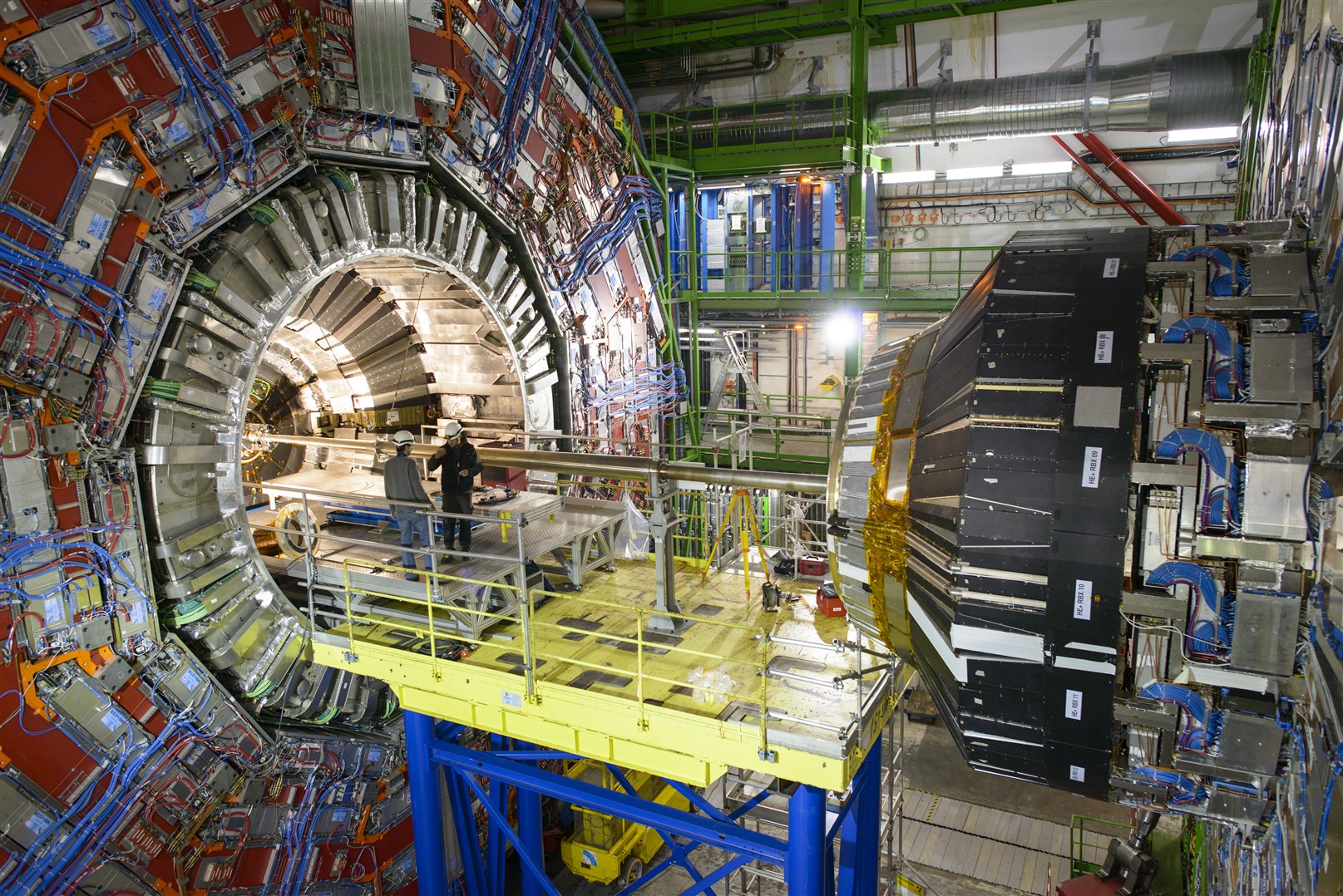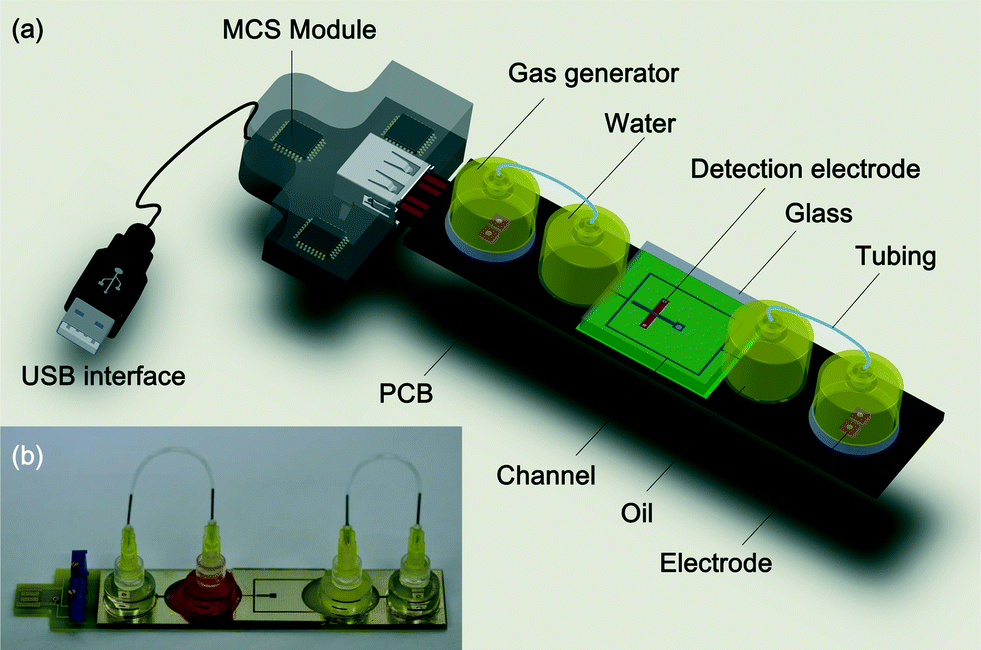Fact: The largest recorded proton energy release from the Hadron Collider came on May 21st, 2015 after the atom smasher was brought back to life.
Recently, the large hadron collider atom smasher was turned on once again to conduct more studies. This is the same 17-mile track in which the infamous Higgs boson particle (a particle thought to give other particles their mass) was discovered recorded 13 teraelectonvolts (TeV), which is more than twice previously, which is the amount of energy required to keep a mosquito hovering.

To do this, scientists get 100-1000 billion proton particles rotating a nearly the speed of light within the LHC where they inevitably run into one another causing energy to fragment and disperse eradically. Sometimes, protons are a little heavier than others. These protons can float outside (the main beam) and cause problems with machinery. One way to combat this problem is to build what are called, collimators.
Collimators are devices (hunks of metal blocks) placed at specific locations to absorb these rogue fat protons to keep them from destroying or hurting other machinery.
As tests continue with higher energies, collisions can produce exotic and novel particles which physicists are excited about. What physicists hope from the LHC is the revelation of particles that are unknown about the universe, extra dimensions to twins of Higgs boson, and more.



